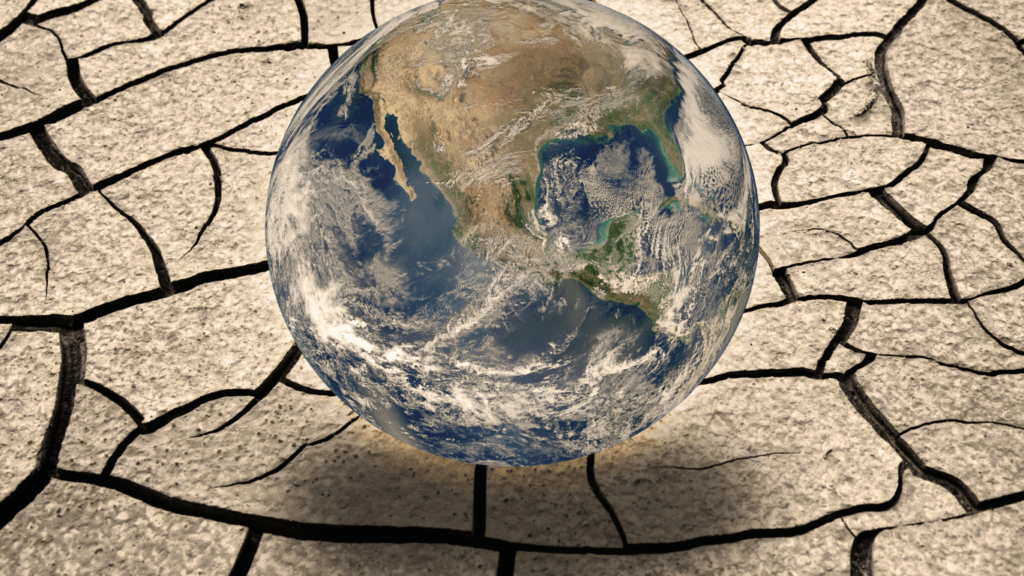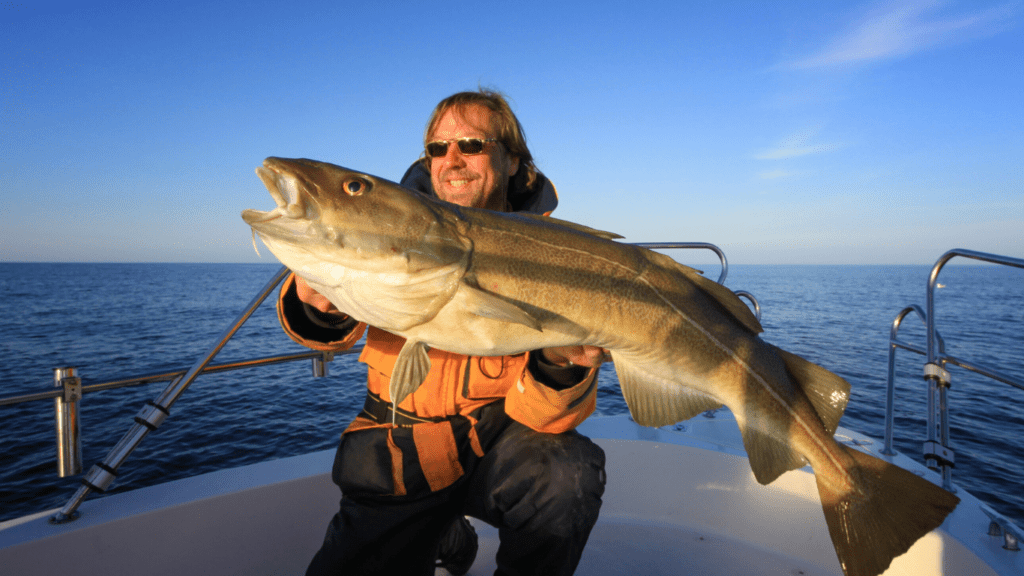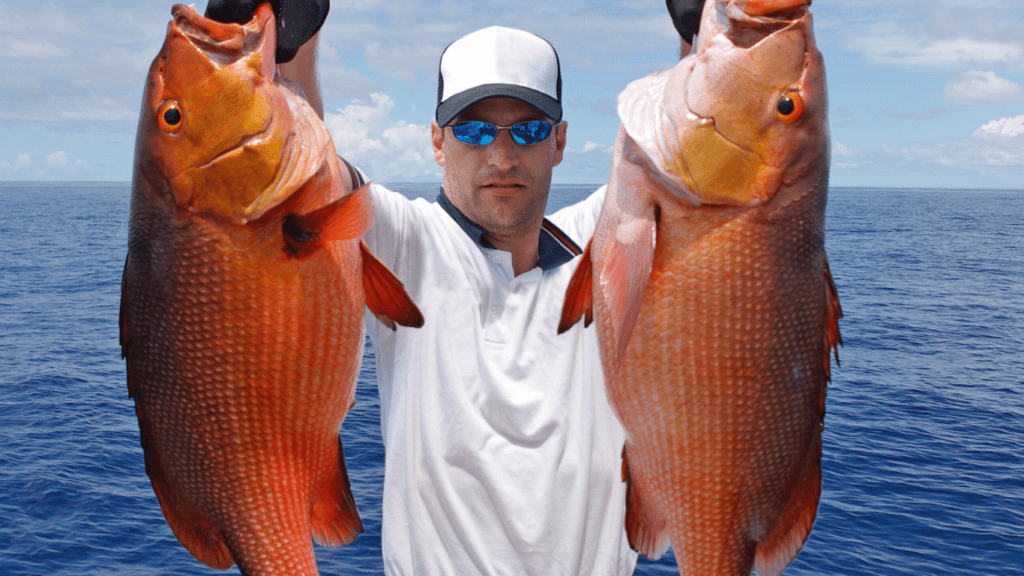Overview Of Climate Change And Marine Ecosystems
Rising global temperatures are altering the structure and function of marine ecosystems. Warmer oceans affect the distribution of species, leading to habitat shifts and physiological stress for marine life. Coral reefs, key biodiversity hotspots, are experiencing widespread bleaching events as ocean temperatures exceed their tolerance thresholds.
Ocean acidification, caused by increased absorption of CO2, weakens calcium-dependent species like shellfish and corals. These changes ripple through ecosystems, destabilizing food webs dependent on these organisms. For instance, the decrease in coral cover reduces the habitat available for reef-dependent fish species.
Melting sea ice impacts polar regions, affecting species like krill that serve as critical food sources for whales and seabirds. Meanwhile, oxygen levels in certain parts of the ocean are declining due to warming, creating ‘dead zones’ where marine life struggles to survive.
Factors Linking Climate Change To Fish Populations
Climate change is reshaping the oceans, directly affecting fish species and their habitats. Key factors include rising ocean temperatures, ocean acidification, and habitat loss.
Rising Ocean Temperatures
Warmer oceans alter fish distribution, growth, and survival. Studies indicate that global sea surface temperatures have risen by about 1.1°F (0.6°C) since 1900, with faster increases in recent decades. Many fish species migrate poleward or to deeper waters to find suitable conditions, disrupting established ecosystems. For example, Atlantic cod populations have declined in southern ranges due to heat stress. Thermal shifts also accelerate fish metabolism, reducing reproductive success and increasing oxygen demand.
Ocean Acidification
Ocean acidification, triggered by rising CO2 absorption, reduces pH levels and destabilizes marine ecosystems. Since the Industrial Revolution, ocean acidity has increased by 30%, posing significant threats to acid-sensitive organisms like shellfish and corals. Shellfish, crucial to many food webs, struggle to form shells in acidic waters. This disruption cascades to dependent species, including commercially important fish like haddock. Acidified waters can also impede sensory functions in species like clownfish, leaving them vulnerable to predation.
Habitat Loss And Alteration

Habitat loss results from:
- coral bleaching
- melting sea ice
- degraded coastal environments
Coral reefs, which support over 25% of marine species, struggle to recover from heat-induced bleaching events, such as those recorded in 2016 and 2020. Arctic ice melting affects species like Arctic cod that rely on icy habitats. Coastal development and rising sea levels further diminish essential breeding and nursery grounds. For instance, mangroves and seagrasses, vital to fish larvae, face ongoing threats from human activities and climate shifts.
Impacts On Global Fish Populations
Climate change is reshaping global fish populations, altering their distribution, availability, and biodiversity. These changes affect ecosystems, fisheries, and communities reliant on marine resources.
Changes In Distribution And Migration Patterns
Fish species are shifting their ranges toward cooler waters due to rising ocean temperatures. For instance, cod and mackerel populations are moving poleward, disrupting traditional fishing zones and local economies. Coastal fisheries in regions like the tropics face declining catches as tropical species migrate out of warming habitats. Seasonal migration patterns are also changing, creating mismatches with predator-prey interactions and breeding cycles.
Decline In Fish Stock Availability
Warmer water temperatures affect fish growth rates, leading to smaller-sized individuals and lower reproductive success. Over 60% of global fish stocks assessed by the FAO are fully exploited or overfished, with climate change accelerating declines. Species like tuna and salmon are experiencing reduced populations due to habitat degradation and physiological stress. Ocean acidification further disrupts fish larvae development, contributing to lower survival rates.
Effects On Biodiversity
Marine biodiversity faces significant threats as key habitats like coral reefs and kelp forests degrade under environmental stress. Coral bleaching has caused the loss of breeding grounds for species such as clownfish and snapper. Species that rely on cold-water ecosystems, like Arctic char, are experiencing population pressures from habitat loss due to melting sea ice. Reduced biodiversity weakens ecosystem resilience, limiting their capacity to recover from stressors.
Economic And Social Implications
Climate change is reshaping global fish populations, disrupting economies, and influencing the livelihoods of millions reliant on marine resources. The social and economic ripple effects extend beyond just fisheries, affecting food security and global trade.
Impacts On Fisheries And Coastal Communities
- Shifting fish distributions have destabilized fisheries, particularly in regions heavily dependent on traditional species. For example, tropical nations, where over 200 million people rely on fisheries for income and subsistence, face declining catches as species migrate to cooler waters.
- This disruption reduces income for small-scale fishers and increases operational costs for commercial fleets chasing fish into new territories.
- Coastal communities suffer from declining fish stocks, losing not only food sources but also cultural ties to fishing practices.
- In regions like Southeast Asia, where fishing supports 12% of jobs, families face rising poverty and food insecurity.
- Conflicts over shifting fishing rights are increasing, straining local and international relations.
Challenges To Global Food Security
Global food security relies on stable fish supplies, which currently provide 3.3 billion people with 20% of their animal protein intake. Climate-induced threats like habitat degradation and declining species diversity weaken fisheries’ capacity to meet this demand. For example, coral reef loss, affecting 25% of marine species, diminishes catch volumes and nutritional availability in developing regions.
Rising fish prices further exacerbate inequities, making protein sources less accessible to low-income populations. Dependency on imports in regions facing depleting domestic stocks, such as Sub-Saharan Africa, increases vulnerability to global market fluctuations. Without adaptive solutions, billions risk reduced protein intake and heightened malnutrition.





